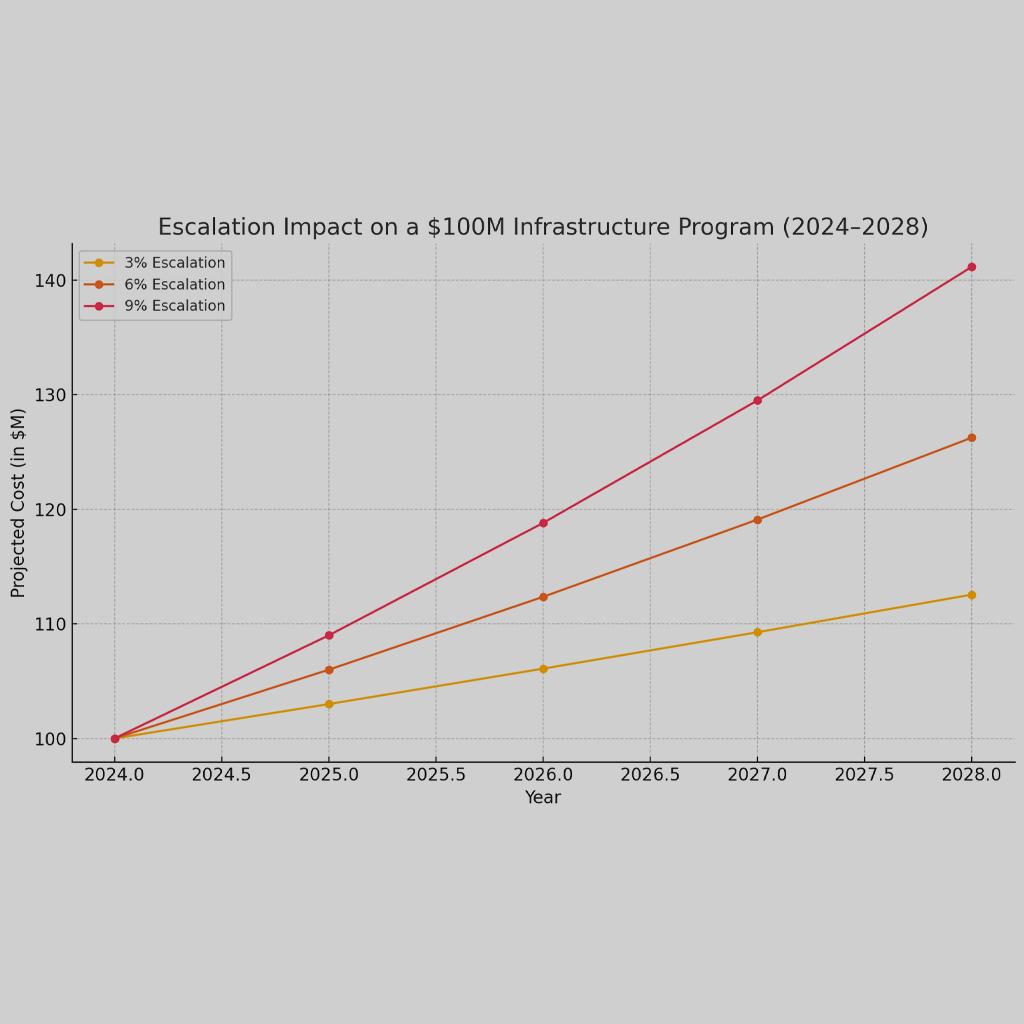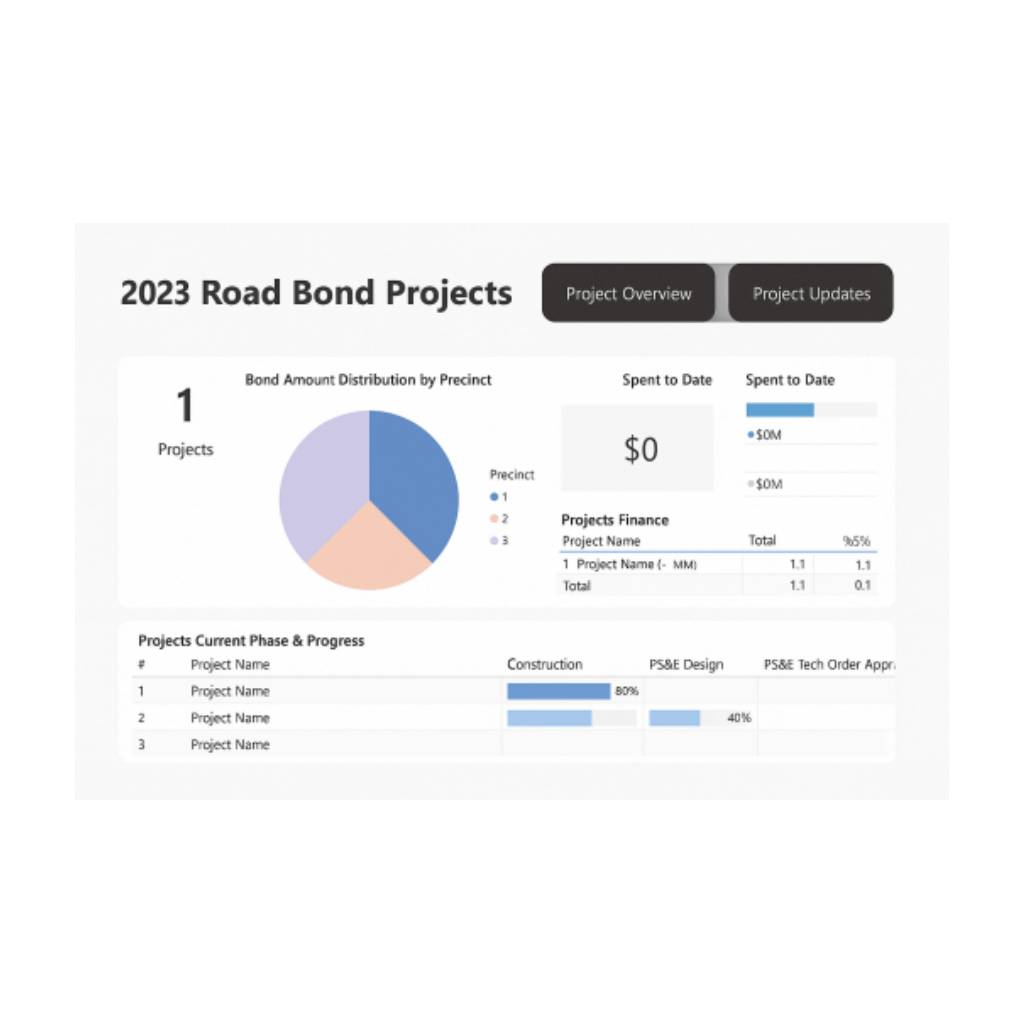As municipalities grapple with the new challenges posed by new permitting legislation recently initiated by the state of Texas, managers will need to take several decisive actions in order to comply. One of the first requirements should be a comprehensive staff analysis. Conducting a staff analysis to determine the people and resources needed to reduce the permit review time involves multiple steps. Here are some considerations that will help you shape this project and get started with cutting red tape:
Understand Your Current Processes: Begin by thoroughly understanding the existing processes for reviewing permitting requirements and how new standards may impact them. Identify the steps involved, the roles of different staff members, the critical path to completion, and the average time taken for each step.
Set Goals: Define specific intermediate goals for the reduction in review time. Determine realistic and achievable targets that you want to reach and when you want to reach them. For example, you may aim to reduce the review time by a certain percentage in order to meet new benchmarks.
Data Collection: Gather relevant data on the number of building permit applications received, the review time for each application, and the overall workload of the current staff involved in the review process. Use historical data to identify patterns and trends.
Workload Analysis: Analyze the workload of your staff to determine their capacity. Calculate the number of hours each staff member spends on reviewing requirements for building permits per week or month.
Determine Reviewer Productivity: Assess the average time it takes for each staff member to review a single building permit application. This will help you understand the individual productivity levels of your current staff and whether additional training is needed.
Identify Bottlenecks: Identify any bottlenecks or inefficiencies in the current review process. These could be caused by particular steps, individuals, or specific types of permit applications that are more involved or complicated to review.
Benchmarking: Research and benchmark industry standards or best practices for permitting and development processes, especially if your employees have responsibilities across several functional areas (e.g. Engineering Review, Environmental, Traffic Impact, etc.). This will help you compare your current process with other municipalities and set realistic intermediary targets.
Calculate Resource Requirements: Using the data collected and the goals you have set, calculate the number of additional staff members required to achieve your target reduction in review time. Perhaps there are additional tools or software applications you may require. Consider factors such as the number of applications processed per day/week, the time saved by reducing bottlenecks, and the desired timeframe for achieving the improvement.
Cost-Benefit Analysis: Perform a cost-benefit analysis to determine if hiring additional staff is financially viable or whether it requires a change to fee scheduling or changes to your operating budget. Consider the cost of hiring and training new employees versus the potential savings and benefits of reduced review times.
Implementation Plan: Create a detailed plan for implementing the changes, including the hiring process, training requirements, and any necessary adjustments to the review process.
Continuous Improvement: Staff analysis is not a one-time task. Regularly monitor and track the progress of the changes you implement. Continuously gather data on review times, staff productivity, and the impact of the new hires to ensure the desired improvements are being achieved.
Remember that successful staff analysis and optimization require collaboration between different departments, management, and the staff involved in the permit review process. By understanding the current process, setting specific goals, collecting relevant data, and identifying bottlenecks, managers can determine the necessary resources and additional staff needed to achieve their targets. Continuous monitoring and collaboration between departments will ensure sustainable improvements are made in the permit review process over time.
At Front Line Advisory Group, we are pioneers in Capital Improvement Bond Management and process improvement, leveraging unparalleled expertise and deep industry insights. Our mission extends beyond consultation – we empower our clients to realize the full potential of their investments, ensuring tax dollars are put to maximum use through astute Program Management Consulting. For more information or to commence your journey towards transformative bond management, reach out to us at info@frontlineadvisorygroup.com













